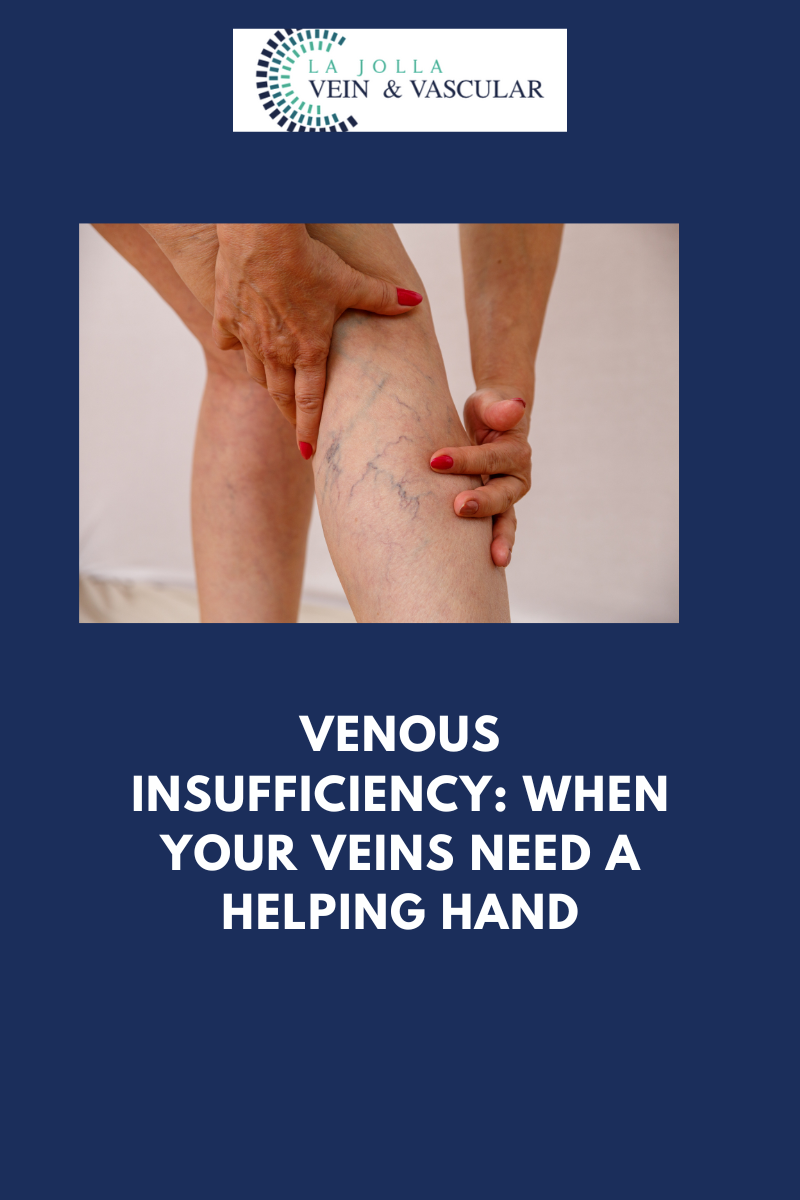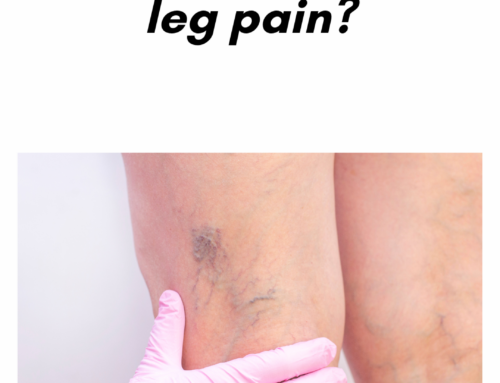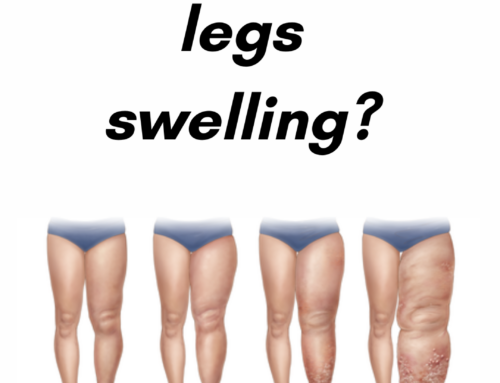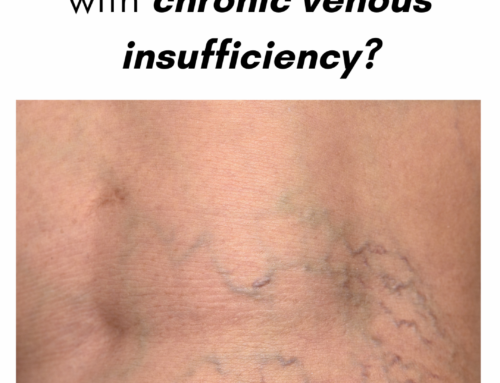Venous Insufficiency: When Your Veins Need a Helping Hand

Venous Insufficiency: When Your Veins Need a Helping Hand
Venous reflux disease, sometimes referred to as venous stasis, venous insufficiency, or venous incompetence, stands as a multifaceted condition that intricately affects the veins in the legs. In this article, we delve into the intricacies of venous reflux disease, elucidating its causes and symptoms, and shedding light on the progressive nature of this ailment. We’ll also delve into the indispensable role played by ultrasound technology in the diagnostic process and the formulation of tailor-made treatment plans.
Unraveling Venous Reflux
At the core of venous reflux disease lies the concept of ‘leaky valves’ within the leg veins. These valves, entrusted with the responsibility of maintaining the smooth flow of blood, may falter, permitting blood to flow backward (a condition known as reflux) rather than progressing toward the heart. Venous reflux has the potential to manifest in both deep and superficial leg veins, subsequently influencing the efficiency of blood circulation.
Demystifying the Anatomy of Reflux
Within the realm of leg veins, there exist two primary categories: deep and superficial. The deep veins, nestling within the muscular tissue, shoulder the responsibility of transporting the lion’s share of blood from the legs back to the heart. Conversely, superficial veins are situated just beneath the skin, external to the muscle. Among the pivotal players in the realm of superficial veins are the Great Saphenous Vein (GSV), meandering through the thigh and calf, and the small saphenous vein, traversing the back of the calf.
The Ramifications of Leaky Valves
Under normal circumstances, one-way valves present in leg veins facilitate the upward flow of blood against the force of gravity, aided by the rhythmic contractions of calf muscles. However, when these valves succumb to leakage, the flow of blood reverses, leading to the accumulation of blood in the lower legs. This condition is accompanied by a medley of distressing symptoms, including the sensation of heavy legs, pain, fatigue, ankle swelling, and even restlessness in the legs during the night. As time unfolds, venous reflux disease can advance, resulting in skin changes such as darkening, dryness, itching, and the potential emergence of venous leg ulcers.
The Role of Ultrasound in Diagnosis
The diagnosis of venous reflux disease necessitates specialized tools, with ultrasound technology taking center stage. Not all vein-related issues are discernible to the naked eye, as many originate from veins concealed beneath the skin’s surface. Ultrasound examinations grant healthcare professionals valuable insights into the direction of blood flow, the functionality of valves, and the presence of any obstructions or scars within the veins.
A Tailored Approach to Treatment
Effectively addressing venous reflux disease requires a strategic and customized approach, recognizing the unique characteristics of each patient’s condition. The treatment process generally encompasses three fundamental steps:
Step 1: Rectifying Underlying Reflux
The initial focal point revolves around tackling the root cause—venous reflux. This is achieved by targeting the saphenous veins, which often serve as the epicenter of the issue. Cutting-edge vein ablation procedures, including radiofrequency ablation, laser ablation, mechanico-chemical ablation (MOCA), and Varithena Foam, are deployed to restore the standard flow of blood.
Step 2: Combating Varicose Veins
Once the underlying reflux has been successfully addressed, the focus shifts to addressing varicose veins. Techniques like foam sclerotherapy, involving the injection of a foamed medication, or minimally invasive removal methods, are utilized to eliminate bulging veins.
Step 3: Managing Spider Veins
For those desiring cosmetic enhancements, the treatment of spider veins through sclerotherapy is available. Although primarily cosmetic, this step serves to conclude the all-encompassing treatment journey.
Venous reflux disease presents as a multifaceted condition that demands specialized care for effective management. Our comprehensive approach encompasses state-of-the-art diagnostics, cutting-edge treatments, and patient-tailored care to address the various facets of this ailment. Through our expertise and unwavering dedication, our aim is to deliver transformative outcomes, ultimately enhancing the health and quality of life of our patients. If you are prepared to embark on the path to healthier veins, do not hesitate to reach out to us to take the first stride toward comprehensive vein and vascular wellness.
“Bringing Experts Together for Unparalleled Vein and Vascular Care”
La Jolla Vein & Vascular (formerly La Jolla Vein Care) is committed to bringing experts together for unparalleled vein and vascular care.
Nisha Bunke, MD, Sarah Lucas, MD, and Amanda Steinberger, MD are specialists who combine their experience and expertise to offer world-class vascular care.
Our accredited center is also a nationally known teaching site and center of excellence.
For more information on treatments and to book a consultation, please give our office a call at 858-550-0330.
For a deeper dive into vein and vascular care, please check out our Youtube Channel at this link, and our website https://ljvascular.com
For more information on varicose veins and eliminating underlying venous insufficiency,
Please follow our social media Instagram Profile and Tik Tok Profile for more fun videos and educational information.
For more blogs and educational content, please check out our clinic’s blog posts!





